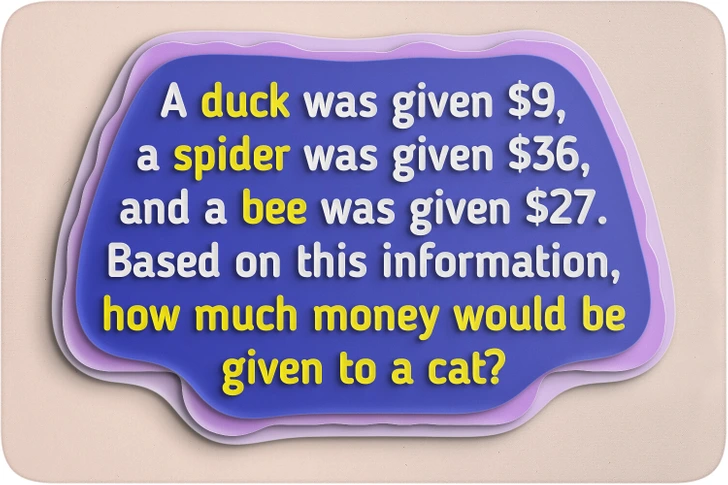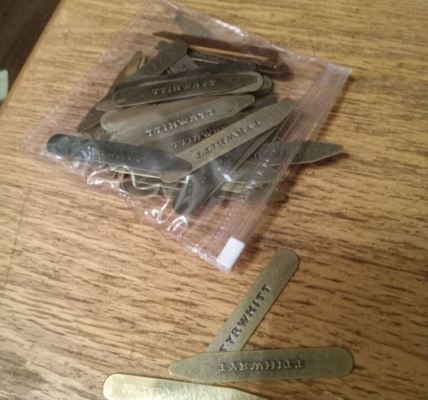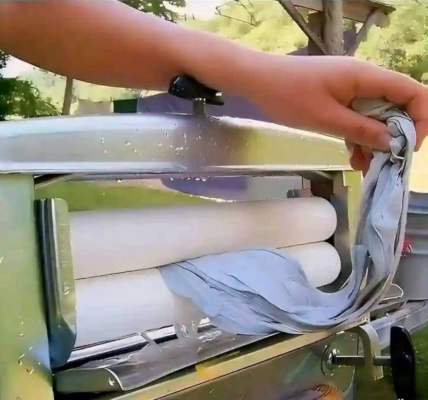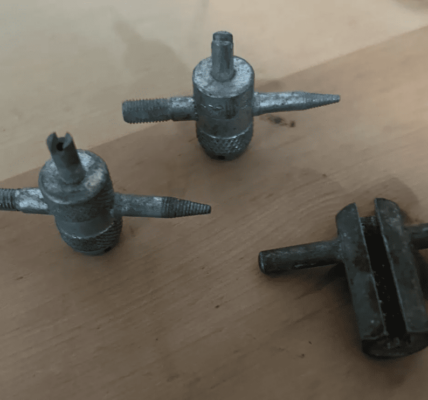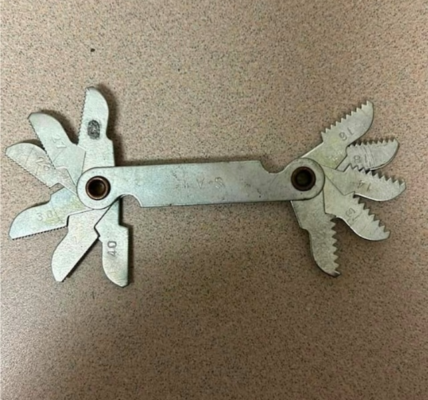Ever tackled a problem that seemed simple at first, only to realize you were completely overthinking it? You’re not alone. As adults, we often have a tendency to complicate straightforward tasks, searching for complex solutions when the answer is right in front of us. Surprisingly, kids often solve these kinds of problems with ease. Why? Because children approach challenges directly, without all the extra analysis and overthinking that we adults tend to add.
Ready to test your problem-solving skills? Try out these sneaky riddles and see if you can embrace a child-like mindset. You might just surprise yourself with what you discover about your own thinking style. And once you’re done, check out our other fun puzzles to keep your brain buzzing!
1. The Animal Allowance

A duck was given $9, a spider was given $36, and a bee was given $27. Based on this, how much money would a cat get?
Answer: $18. This riddle assigns $4.50 per leg, as a duck has 2 legs, a spider has 8, and a bee has 6. Since a cat has 4 legs, it would get 4 x $4.50 = $18.
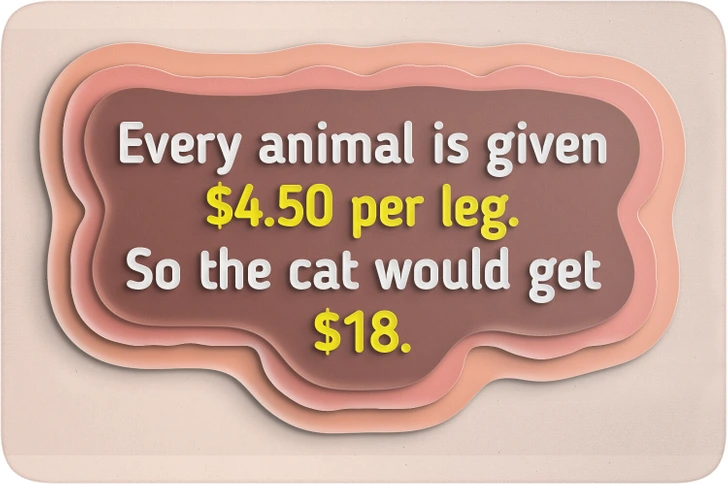
2. Sibling Math
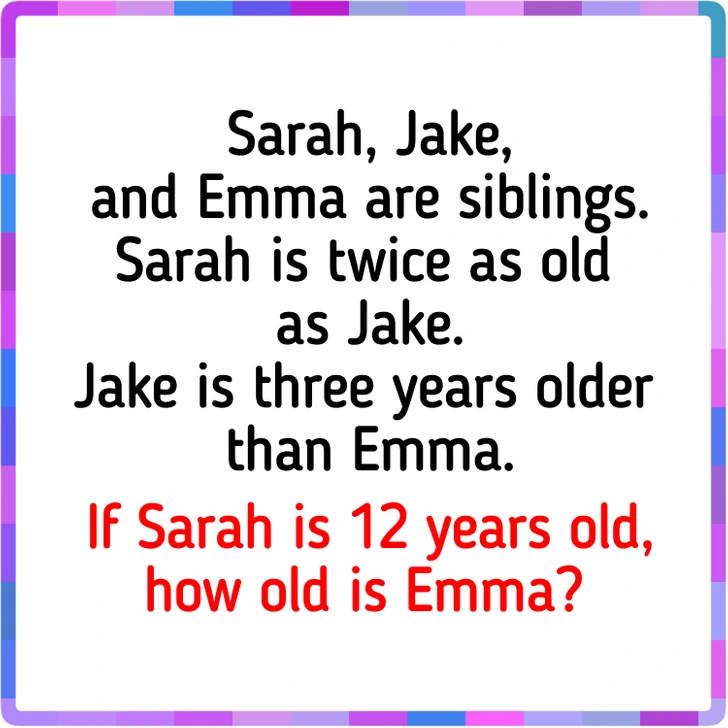
Sarah, Jake, and Emma are siblings. Sarah is twice as old as Jake, and Jake is three years older than Emma. If Sarah is 12 years old, how old is Emma?
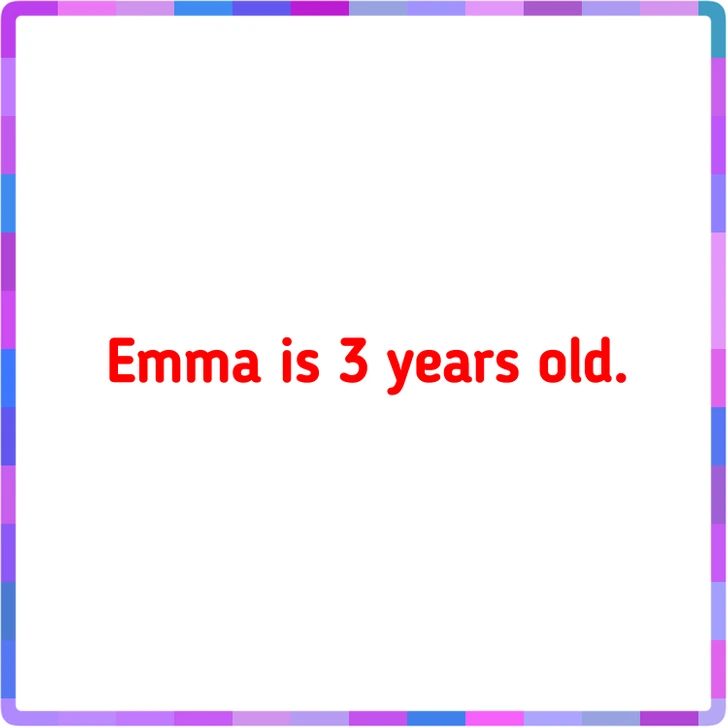
Answer: Emma is 3 years old. Since Sarah is 12, Jake must be 6 (half of 12), making Emma 3 (6 – 3 = 3).
3. A Family Portrait Mystery

A man is looking at a picture. His friend asks, “Who is it you are looking at?” The man replies, “Brothers and sisters, I have none. But that man’s father is my father’s son.” Who is in the picture?

Answer: His son. If the man has no siblings, then “my father’s son” refers to himself, making the person in the picture his own son.
4. Age Riddle
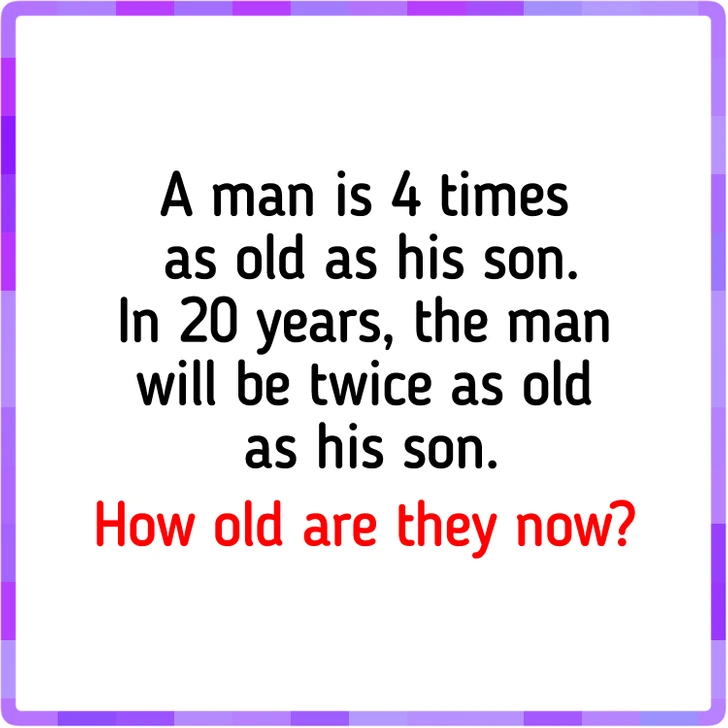
A man is four times as old as his son. In 20 years, he will be twice as old as his son. How old are they now?

Answer: The man is 40, and his son is 10. In 20 years, the man will be 60, and the son will be 30, making the father twice as old as the son.
5. Jug Puzzle
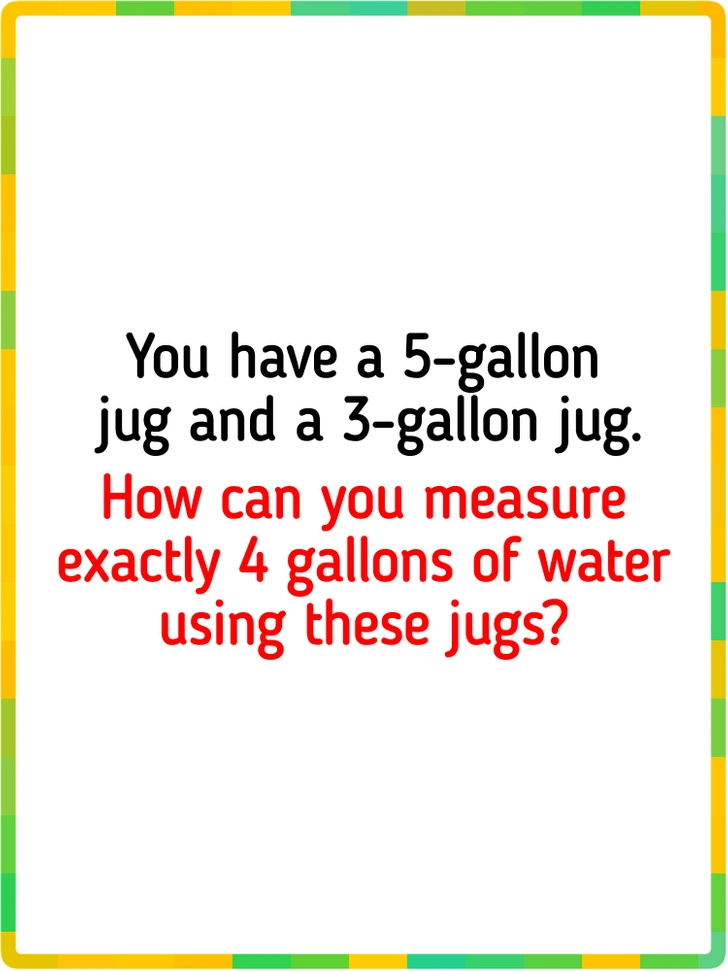
You have a 5-gallon jug and a 3-gallon jug. How can you measure exactly 4 gallons of water using these jugs?

Answer: Fill the 5-gallon jug and pour water into the 3-gallon jug until it’s full, leaving you with 2 gallons in the 5-gallon jug. Empty the 3-gallon jug, pour the 2 gallons from the 5-gallon jug into the 3-gallon jug, then refill the 5-gallon jug. Now, pour water from the 5-gallon jug into the 3-gallon jug until it’s full, leaving you with exactly 4 gallons in the 5-gallon jug.
6. The Three-Digit Number
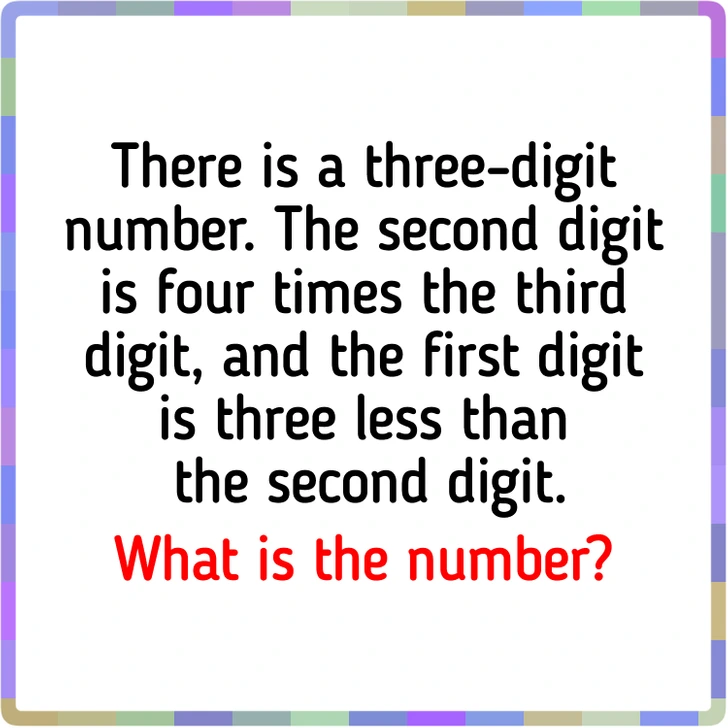
There is a three-digit number. The second digit is four times the third digit, and the first digit is three less than the second digit. What is the number?

Answer: 141. Here’s the breakdown: if the third digit is 1, then the second digit is 4 (four times 1), and the first digit is 1 (4 – 3 = 1).
7. The Hourglass Trick
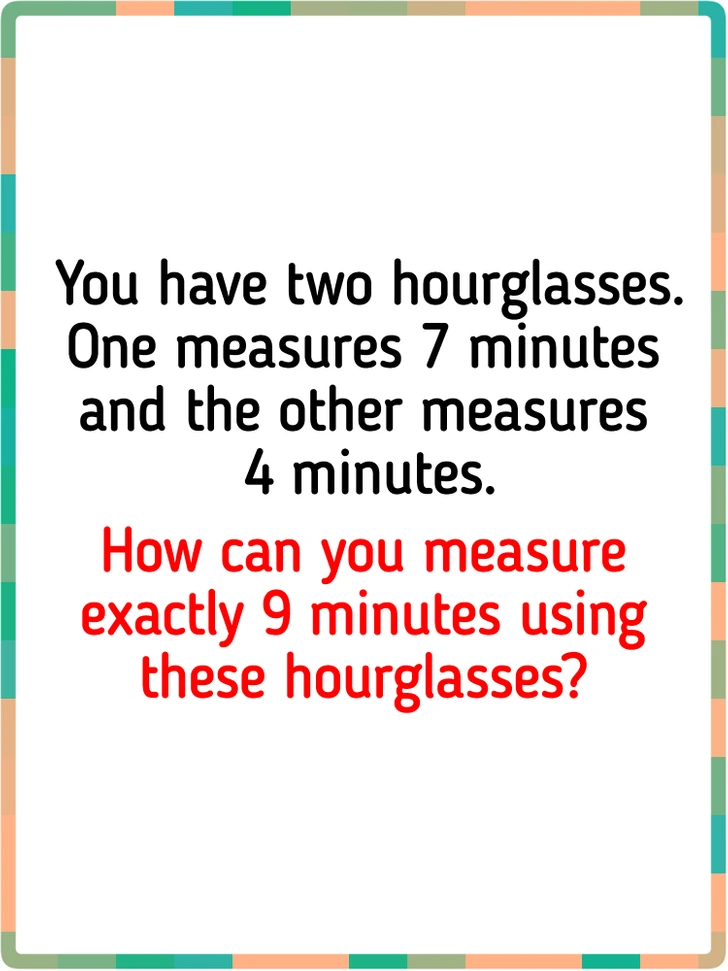
You have two hourglasses. One measures 7 minutes, and the other measures 4 minutes. How can you measure exactly 9 minutes using these hourglasses?

Answer: Start both hourglasses at the same time. When the 4-minute hourglass runs out, flip it. When the 7-minute hourglass runs out, flip it. The 4-minute hourglass will run out again after 8 minutes. When you flip the 4-minute hourglass this second time, it will measure exactly 1 more minute, totaling 9 minutes.
8. The Beginning and the End

I am the beginning of everything, the end of everywhere. I’m the beginning of eternity, the end of time and space. What am I?

Answer: The letter “E.” It’s the first letter of “everything,” the last letter in “everywhere,” and so on.
9. Birthday Puzzle

Two people were born on the same day, month, and year, but they are not twins. How is this possible?

Answer: They were born to different parents. Being born on the same date doesn’t make them twins unless they share the same parents.
10. A Family Puzzle
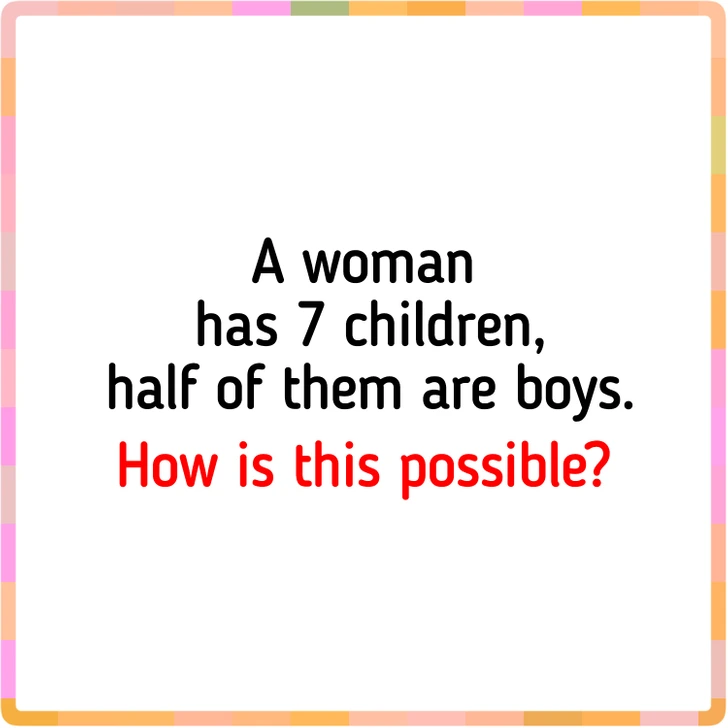
A woman has seven children, half of them are boys. How is this possible?
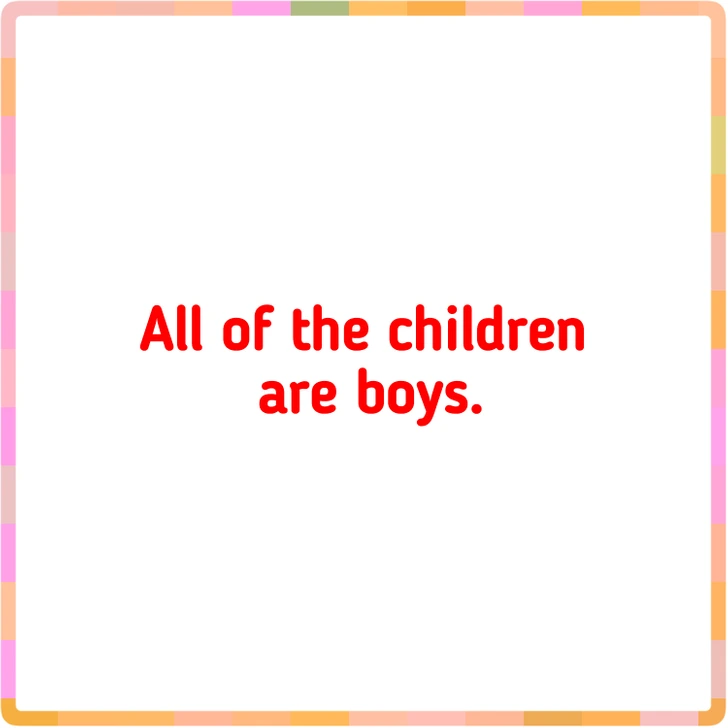
Answer: All seven children are boys. This means that half (and the other half) are boys.
11. Spot the Error

What’s wrong here?

Answer: This riddle typically comes with a visual component. But if it’s just text, the answer often lies in an intentional misspelling or misleading question. Reread the sentence carefully to find any trick.
12. Who Stole the Money?
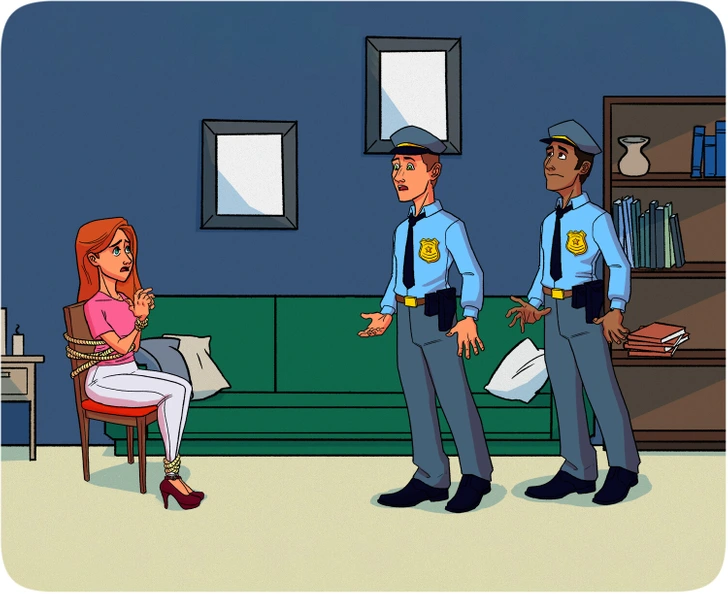
Who stole the money?

Answer: This answer varies depending on the context given, as this is often used as a prompt to spark creativity. Typically, you’d need a story or additional clues to solve it.
Riddles have a unique way of drawing out our inner child. They remind us that sometimes the simplest answer is the correct one, and that overthinking can cloud our judgment. When kids approach problems, they often take the most direct route, unburdened by life experiences that make adults second-guess their every move.
So, the next time you’re faced with a challenge, try approaching it with a little more curiosity and a little less analysis. Take things at face value, trust your gut, and don’t be afraid to make mistakes. Who knows? You might just unlock a new perspective—and maybe even discover that you’re better at solving problems than you realized.
If these riddles left you wanting more, keep exploring other puzzles that challenge your perspective and strengthen your mind. Happy solving!
